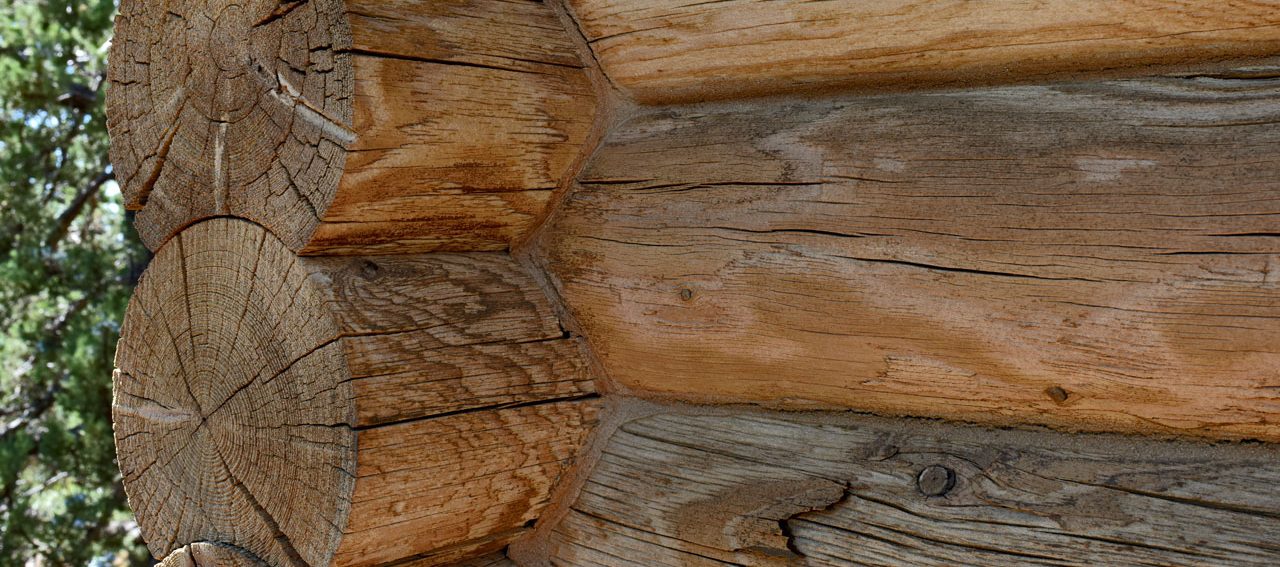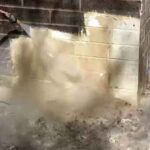Frequently Asked Questions
Can I change the color of my log home when restaining?
You can change the color of your log home when restaining. However, it's essential to properly prepare the surface and select a high-quality stain to achieve the desired result.
What are the benefits of log cabin refinishing?
The benefits of log cabin refinishing include enhanced aesthetics, improved protection against weather elements, and increased longevity of the wood. This process revitalizes the cabin's appearance while preventing damage from moisture, pests, and UV rays.
What is the best stain to use on a log home?
The best stain to use on a log home is a semi-transparent, water-based stain that allows the wood to breathe while providing protection against UV rays and moisture. Look for products specifically designed for log homes to ensure optimal results.
How do I prepare my log home for restaining?
Preparing your log home for restaining involves thoroughly cleaning the surface, removing old stain and debris, and ensuring the logs are dry. Additionally, inspect for any damage and make necessary repairs before applying the new stain.
How to refinish a log cabin to increase its value?
Refinishing a log cabin to increase its value involves thorough cleaning, repairing damaged logs, applying a high-quality stain or sealant, and ensuring ongoing maintenance to protect against weathering and pests.
How long does log cabin refinishing typically take?
The duration of log cabin refinishing typically varies based on the cabin's size and condition, but it generally takes between one to three days to complete the process effectively.
What is the cost of restaining a log home?
The cost of restaining a log home varies depending on factors such as the size of the home, the condition of the wood, and the type of stain used. Typically, homeowners can expect to pay between $1.50 to $4.00 per square foot.
Can I refinish a log cabin by myself?
Refinishing a log cabin by yourself is possible, but it requires careful preparation, the right tools, and knowledge of proper techniques to ensure a quality finish and protect the wood.
How long does it take to restain a log home?
Restaining a log home typically takes between one to three days, depending on the size of the home, the condition of the wood, and the type of stain used. Proper preparation and weather conditions can also influence the timeline.
What are the common mistakes in log cabin refinishing?
Common mistakes in log cabin refinishing include inadequate surface preparation, using the wrong type of sealant, neglecting to address underlying damage, and failing to perform regular maintenance. These oversights can compromise the cabin's appearance and longevity.
What are the steps to refinish a log cabin exterior?
The steps to refinish a log cabin exterior include cleaning the surface, sanding any rough areas, applying a wood preservative, and finally, choosing and applying a suitable stain or sealant to protect and enhance the wood's appearance.
How often should I restain my log home exterior?
The frequency of restaining your log home exterior depends on factors like weather exposure and the type of stain used. Generally, it's recommended to restain every 3 to 5 years to maintain protection and appearance.
What are the benefits of restaining a log home?
The benefits of restaining a log home include enhanced protection against moisture and UV damage, improved aesthetic appeal, and extended lifespan of the wood. Regular restaining helps maintain the beauty and value of your log cabin while preventing costly repairs.
What color options are available for restaining?
The color options available for restaining log cabins include a variety of natural wood tones, rich earthy shades, and vibrant hues. Homeowners can choose from clear finishes to enhance the wood's natural beauty or opt for pigmented stains to achieve a specific aesthetic.
How can I enhance my log homes appearance?
Enhancing your log home's appearance involves regular cleaning, applying appropriate sealants, and maintaining the wood's natural finish. Consider professional services for deep cleaning and restoration to ensure lasting beauty and protection against the elements.
What tools are needed for log cabin refinishing?
The tools needed for log cabin refinishing include a power sander, pressure washer, paint brushes, rollers, and safety gear. Additionally, a stain applicator and a caulking gun are essential for proper application and sealing.
How do I choose the right stain color?
Choosing the right stain color involves considering the log cabin's natural wood tones, your personal style, and the surrounding environment. Test samples on small areas to see how they look in different lighting before making a final decision.
What maintenance is required after refinishing?
The maintenance required after refinishing includes regular cleaning, applying protective sealants as needed, and inspecting for any signs of wear or damage to ensure the longevity and beauty of your log cabin.
Can I apply stain in cold weather?
Applying stain in cold weather is generally not recommended, as low temperatures can affect the stain's ability to adhere and cure properly. It's best to wait for warmer conditions to ensure optimal results.
What are the signs my log cabin needs refinishing?
The signs that your log cabin needs refinishing include noticeable fading or discoloration of the wood, the presence of peeling or flaking finish, and increased susceptibility to moisture or insect damage. Regular inspection can help identify these issues early.
How do I remove old stain from logs?
Removing old stain from logs involves several steps: first, use a pressure washer to eliminate loose stain and dirt; then apply a wood stripper or a chemical stain remover, following the manufacturer's instructions. Finally, scrub the surface with a stiff brush and rinse thoroughly.
What is the best way to apply stain?
The best way to apply stain is to use a high-quality brush or sprayer for even coverage, starting from the top and working down. Ensure the wood is clean and dry, applying in thin layers for optimal absorption and finish.
How can I protect my log cabin from moisture?
Protecting your log cabin from moisture involves regular maintenance and proper sealing. Ensure your cabin is well-sealed with high-quality sealants, maintain proper drainage around the foundation, and regularly check for leaks or water damage to preserve its integrity.
What are the advantages of professional refinishing services?
The advantages of professional refinishing services include expert techniques that ensure thorough cleaning and restoration, the use of high-quality materials for durability, and the ability to enhance the overall aesthetic and value of your log cabin.
How do I ensure even stain application?
To ensure even stain application, prepare the surface thoroughly by cleaning and sanding it, then apply the stain with consistent strokes using a high-quality brush or sprayer, working in manageable sections to maintain a wet edge.
What is the lifespan of log cabin stains?
The lifespan of log cabin stains typically ranges from three to seven years, depending on factors such as weather exposure, stain quality, and maintenance practices. Regular inspections and timely reapplication can significantly extend the life of the stain.
How can I improve log cabin insulation during refinishing?
Improving log cabin insulation during refinishing involves sealing gaps and cracks with high-quality caulk, adding insulation boards where possible, and ensuring proper sealing of doors and windows to enhance thermal efficiency.
What safety precautions should I take when refinishing?
Safety precautions when refinishing include wearing protective gear such as gloves, goggles, and masks, ensuring proper ventilation in the workspace, and using non-toxic materials whenever possible to minimize health risks.
How do I clean logs before restaining?
Cleaning logs before restaining involves removing dirt, mildew, and old finishes. Use a pressure washer or a specialized log cleaner, ensuring to follow with thorough rinsing and drying to prepare the surface for optimal adhesion of the new stain.
What are the best practices for log cabin maintenance?
The best practices for log cabin maintenance include regular inspections for damage, prompt cleaning of surfaces, applying appropriate sealants, and ensuring proper drainage to prevent moisture buildup. Consistent upkeep enhances both aesthetics and longevity.










No Comments
Sorry, the comment form is closed at this time.